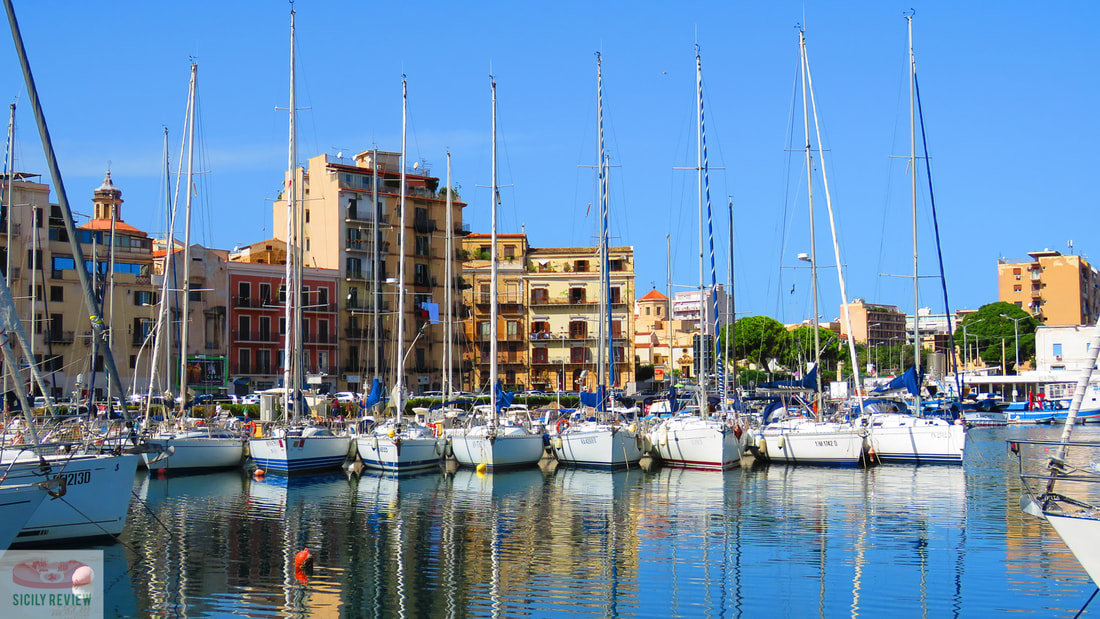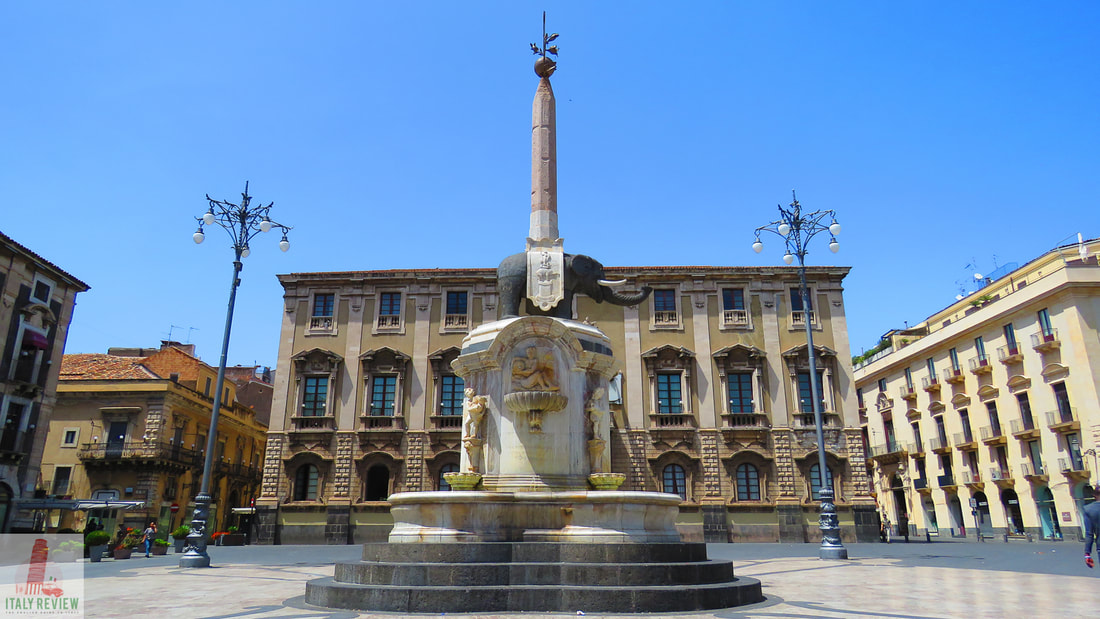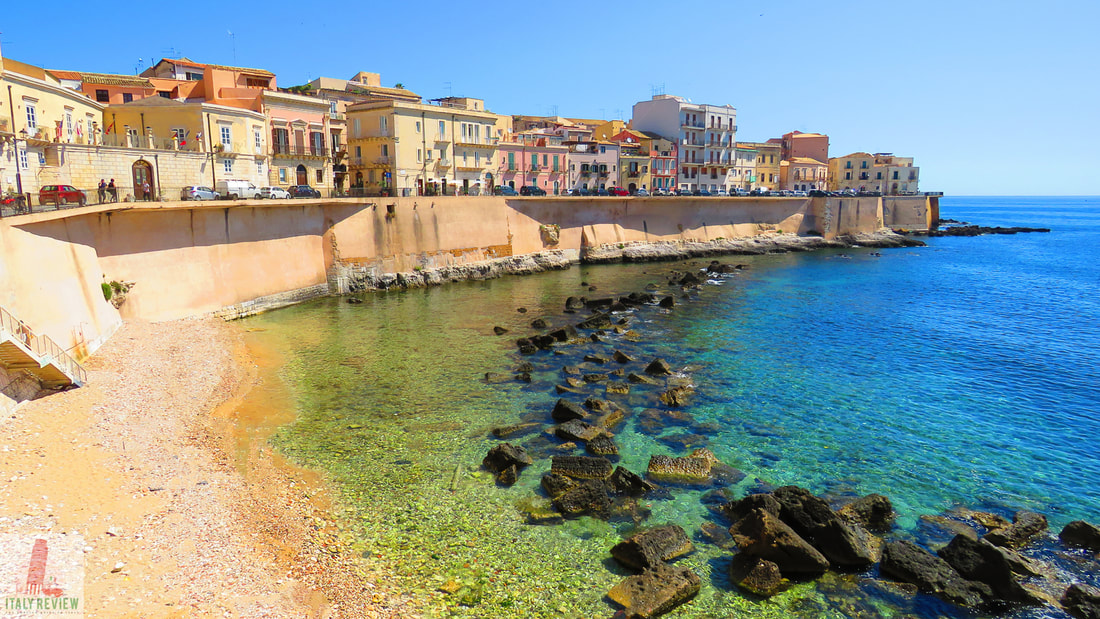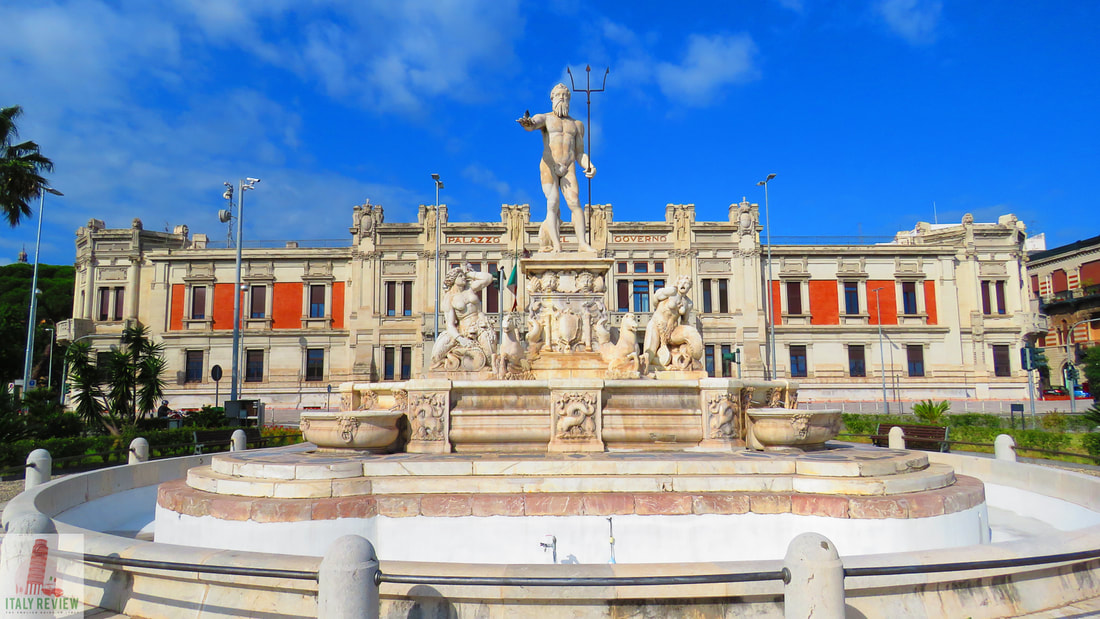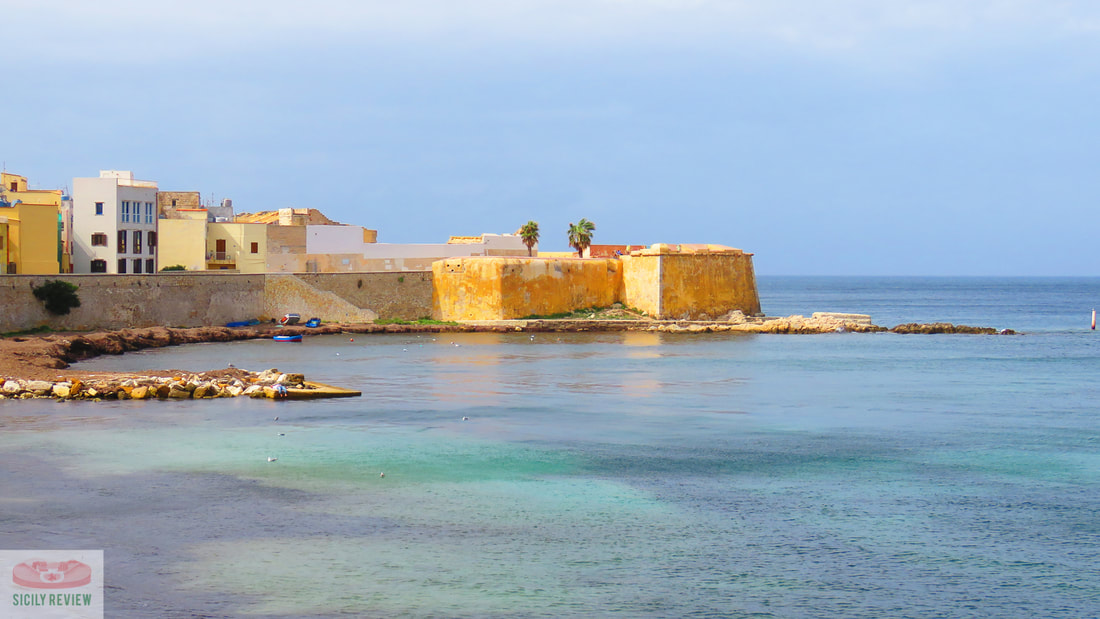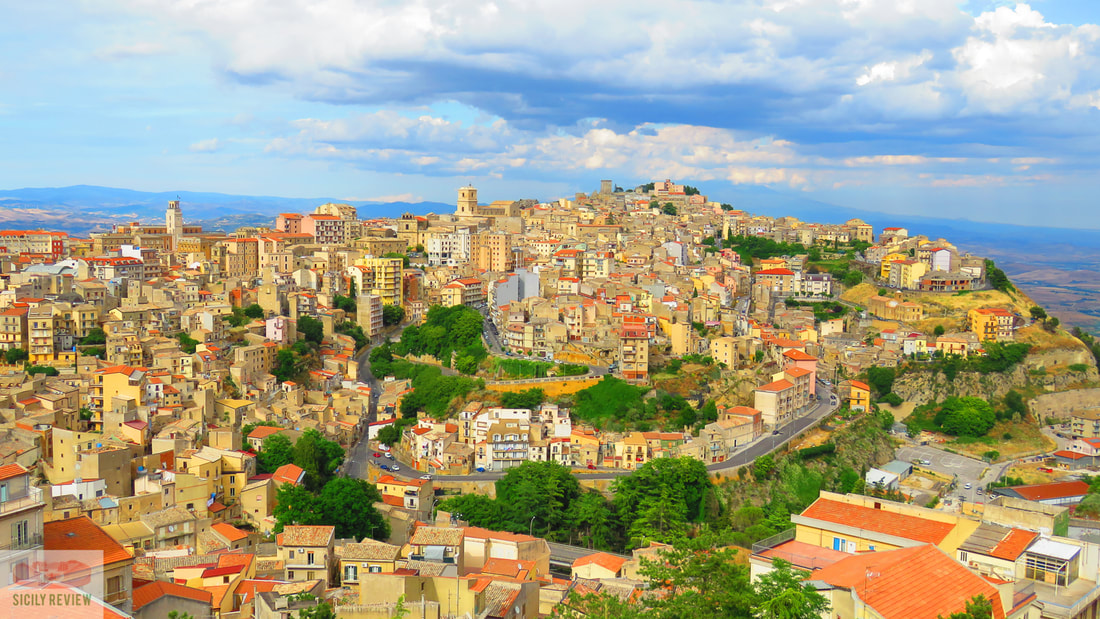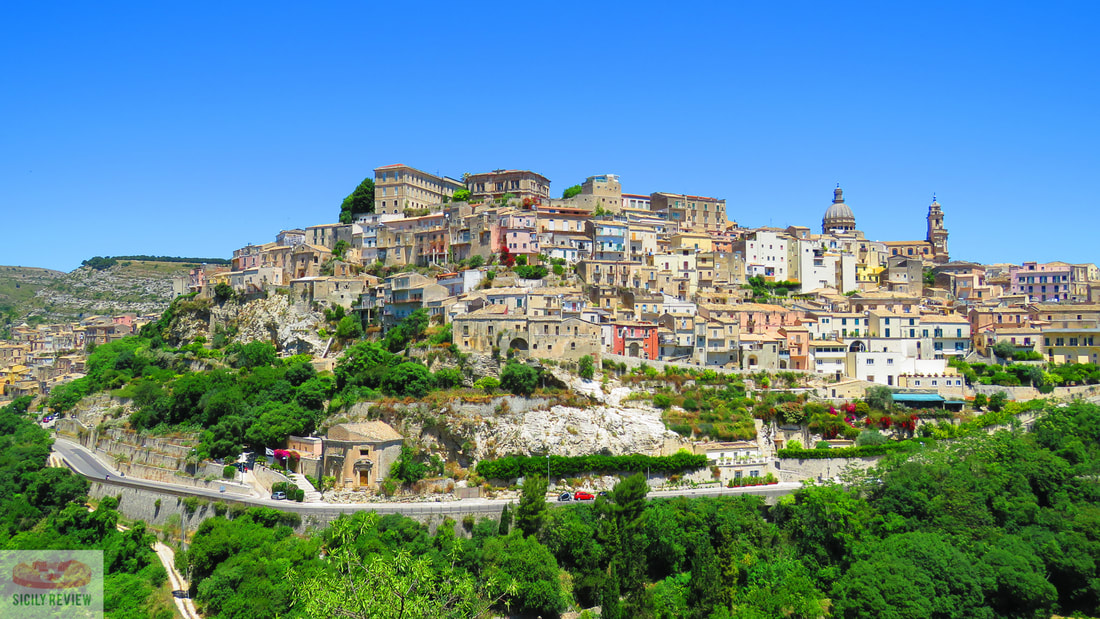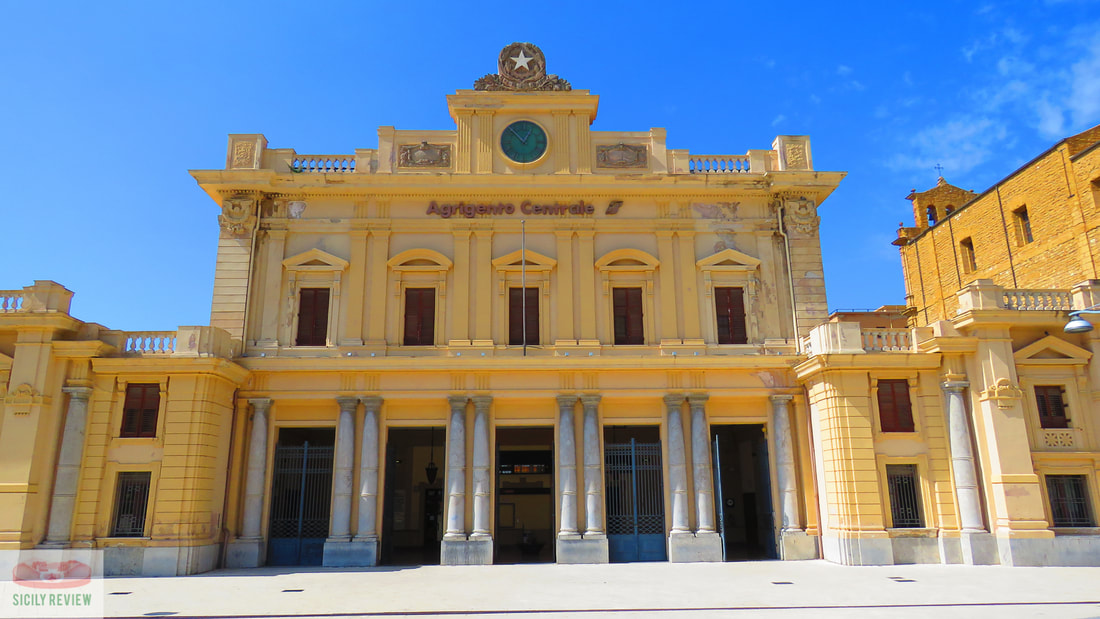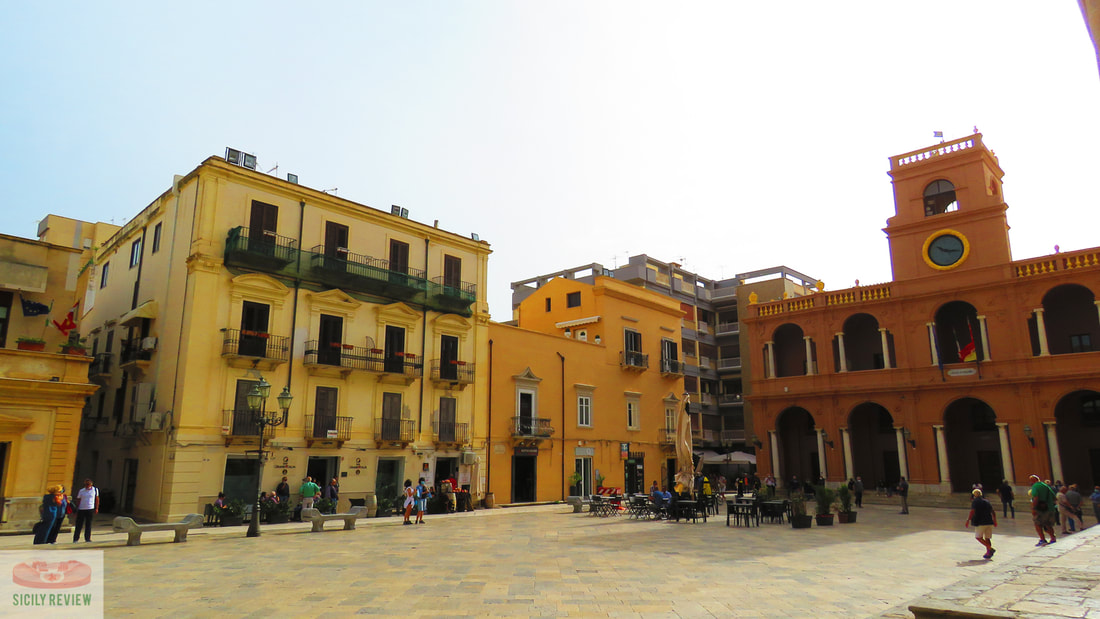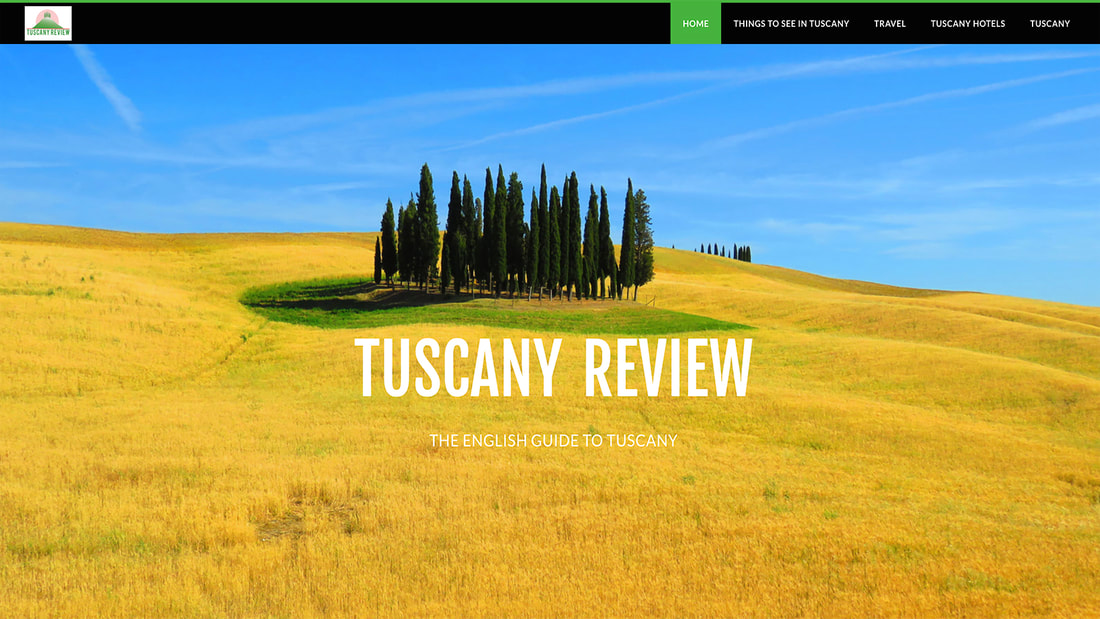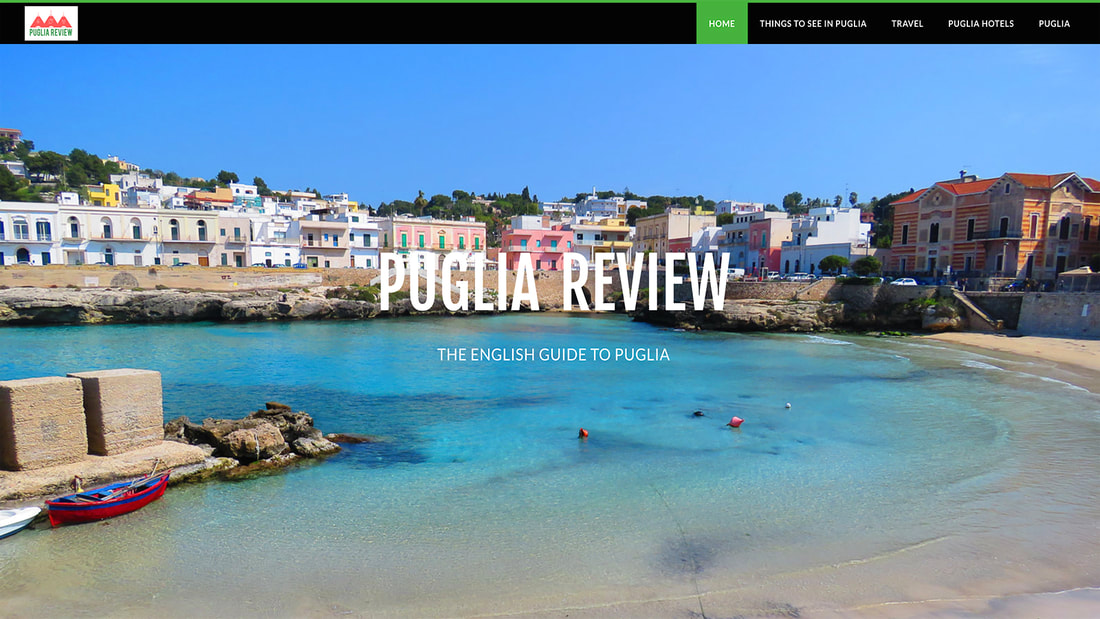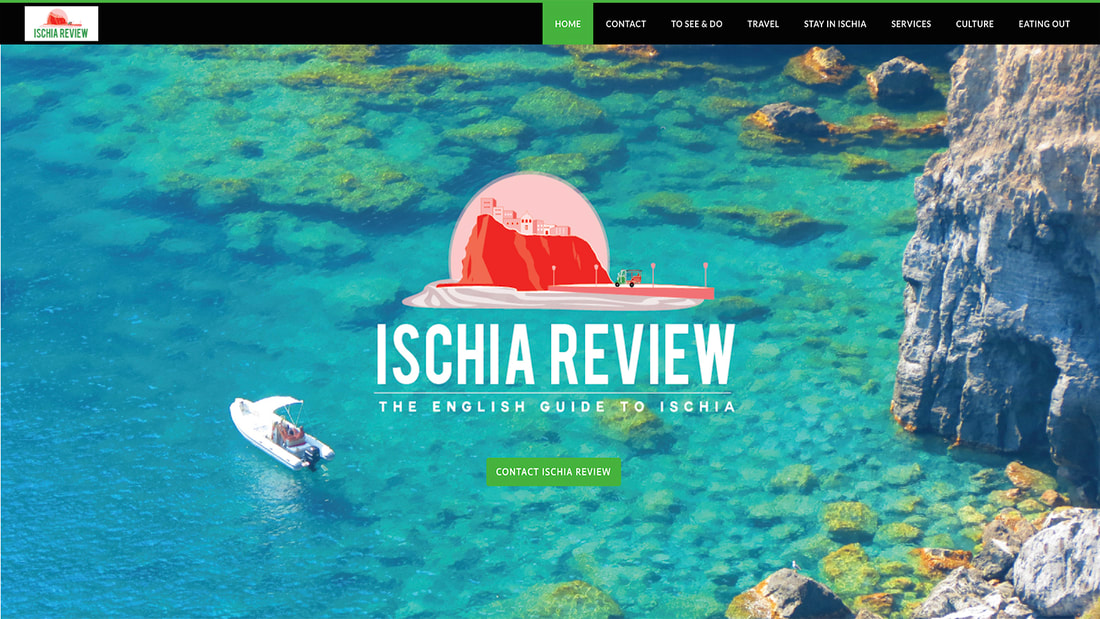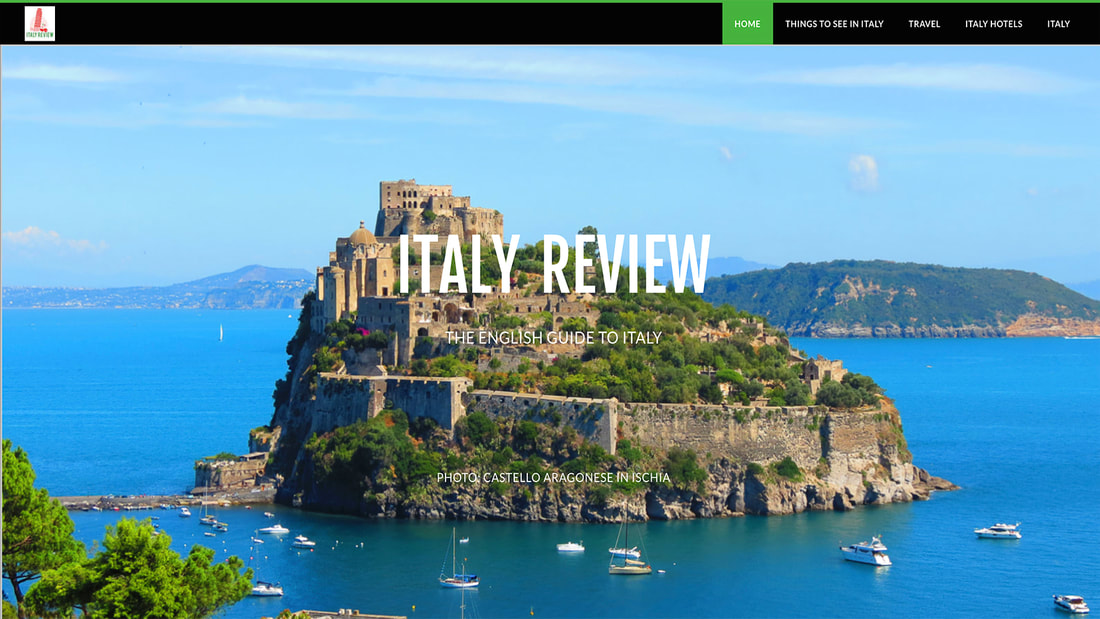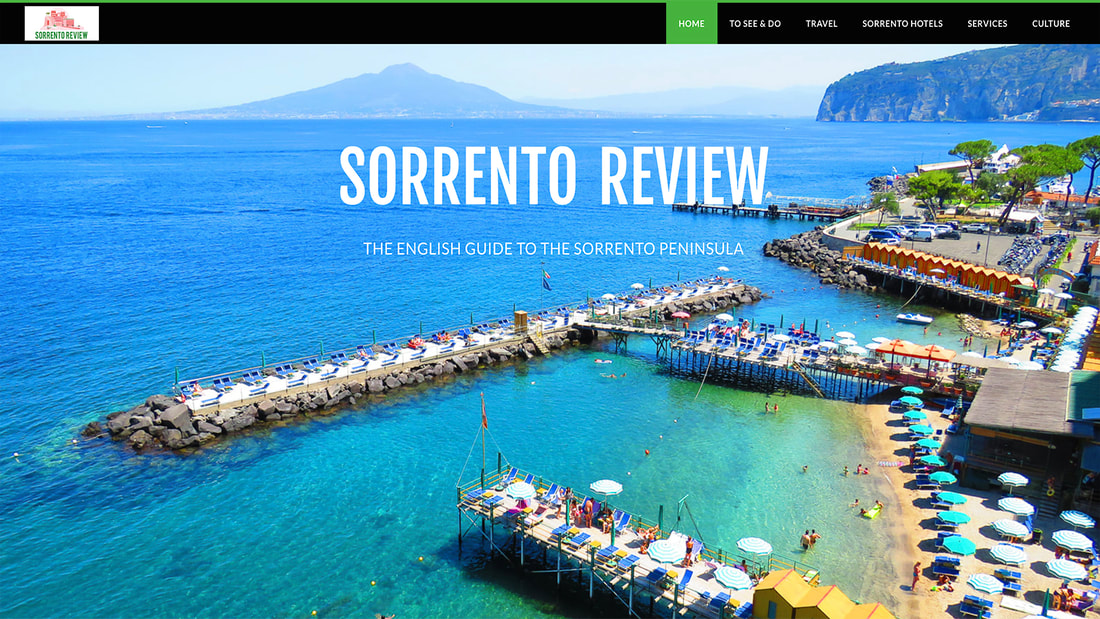Major Cities of Sicily
|
By: Dion Protani
|
Latest update: 1 February 2024
|
|
The major cities of Sicily start with the island region's capital of Palermo which has a population of around 640,000. There are nine provinces of Sicily, each one named after the major city within it.
Catania is the second city of Sicily and capital of the eponymous province. Its population of just under 300,000 puts it ahead of Messina which faces Calabria across the narrow Messina Strait. In terms of tourism, the city of Syracuse is the equal of anything in Sicily while Ragusa and Trapani also offer their own charms. Enna, Agrigento and Caltanissetta are the remaining provincial capitals. |
Related links

